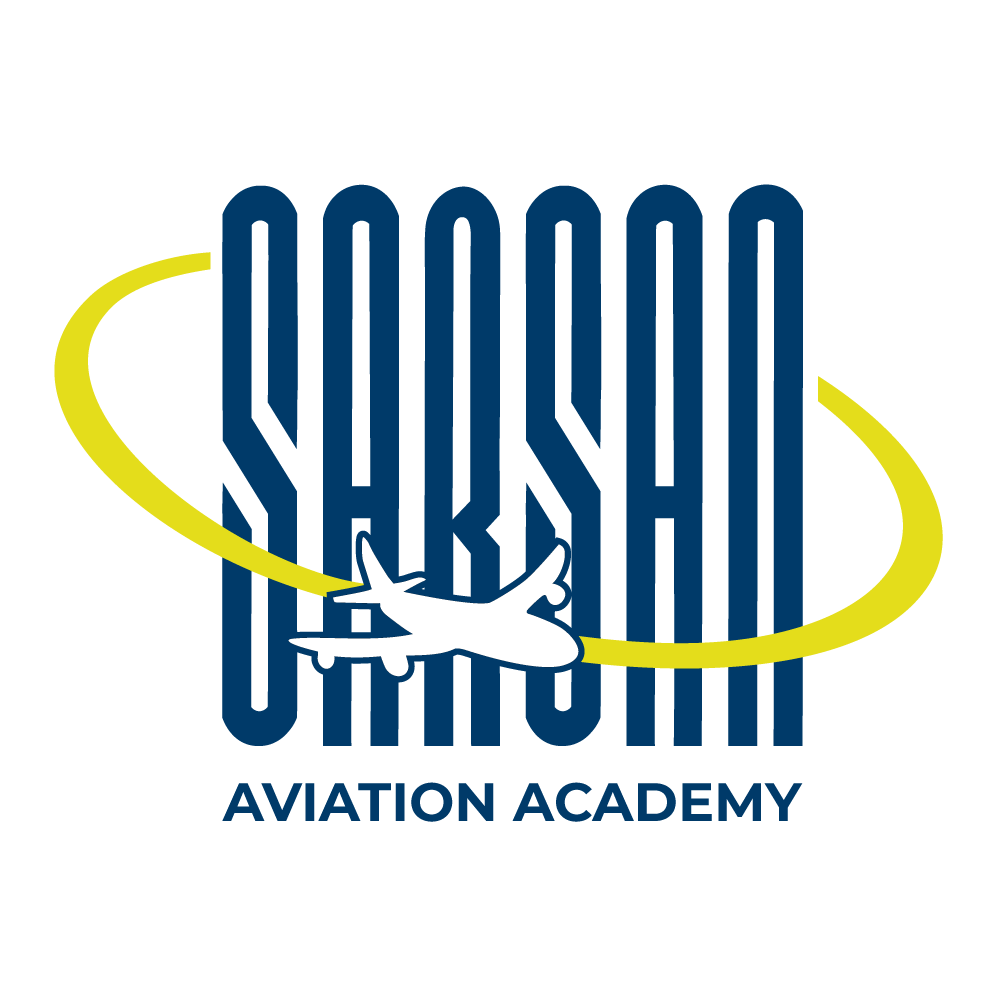Introduction
Automation has revolutionized various aspects of aviation, including aircraft maintenance. With advancements in technology, automation plays an increasingly significant role in streamlining maintenance processes, improving efficiency, and enhancing safety in aircraft maintenance operations. In this article, we’ll explore the key ways in which automation is transforming aircraft maintenance.
Predictive Maintenance:
One of the primary roles of automation in aircraft maintenance is predictive maintenance. Through the use of advanced sensors and data analytics, automated systems can monitor aircraft components in real-time, detect anomalies, and predict potential failures before they occur. This proactive approach helps airlines schedule maintenance tasks more efficiently, minimize downtime, and prevent unscheduled maintenance events, ultimately improving aircraft reliability and operational efficiency.
Condition Monitoring Systems:
Automation enables the implementation of sophisticated condition monitoring systems onboard aircraft. These systems continuously monitor the health and performance of critical components, such as engines, avionics, and airframe structures, by collecting and analyzing data on various parameters, including temperature, pressure, vibration, and fluid levels. Condition monitoring systems provide early warnings of potential issues, allowing maintenance crews to take timely corrective actions and prevent more significant problems from developing.
Automated Diagnostics:
Automated diagnostic tools leverage artificial intelligence (AI) and machine learning algorithms to analyze vast amounts of data collected from aircraft systems and components. These tools can identify patterns, trends, and anomalies in the data, helping maintenance technicians diagnose issues more accurately and efficiently. Automated diagnostic systems can suggest troubleshooting steps, recommend maintenance actions, and provide insights into the root causes of problems, enabling faster resolution of maintenance issues and minimizing aircraft downtime.
Remote Monitoring and Telemetry:
Automation facilitates remote monitoring and telemetry capabilities, allowing maintenance personnel to monitor aircraft systems and performance parameters from anywhere in the world. Remote monitoring systems transmit real-time data from aircraft to ground-based maintenance centers, enabling proactive monitoring, troubleshooting, and decision-making. This capability is particularly valuable for airlines operating fleets of aircraft across vast geographic regions, as it enables centralized monitoring and coordination of maintenance activities.
Automated Maintenance Documentation:
Automation simplifies the process of generating and managing maintenance documentation, such as maintenance logs, work orders, and compliance records. Automated maintenance management systems (MMS) digitize and centralize maintenance records, streamlining documentation workflows, ensuring regulatory compliance, and facilitating data analysis for performance monitoring and trend analysis. Automated MMS also enable seamless integration with other aviation systems, such as inventory management and fleet planning, improving overall operational efficiency.
Robotics and Unmanned Systems:
Robotics and unmanned systems are increasingly being used in aircraft maintenance operations to automate repetitive tasks and enhance efficiency. Automated robotic systems can perform tasks such as component inspection, cleaning, and non-destructive testing (NDT) more quickly and accurately than human operators. Unmanned aerial vehicles (UAVs) equipped with cameras and sensors can conduct visual inspections of aircraft exteriors, structures, and hard-to-reach areas, providing valuable data for maintenance planning and assessment.
Training and Simulation:
Automation technologies support training and simulation initiatives in aircraft maintenance by providing realistic, hands-on learning experiences for maintenance technicians. Virtual reality (VR) and augmented reality (AR) simulations enable trainees to practice maintenance procedures in immersive virtual environments, gaining practical skills and familiarity with aircraft systems and components. Automation-enhanced training programs improve the effectiveness and efficiency of maintenance training, reducing the time and cost associated with traditional training methods.
In conclusion, automation plays a vital role in modern aircraft maintenance by enabling predictive maintenance, condition monitoring, automated diagnostics, remote monitoring, automated documentation, robotics, and training and simulation. By leveraging automation technologies, airlines and maintenance organizations can improve aircraft reliability, reduce maintenance costs, enhance safety, and optimize operational efficiency. Continued investment in automation and innovation is essential for unlocking the full potential of automation in aircraft maintenance and ensuring the continued safety and reliability of commercial aviation.







